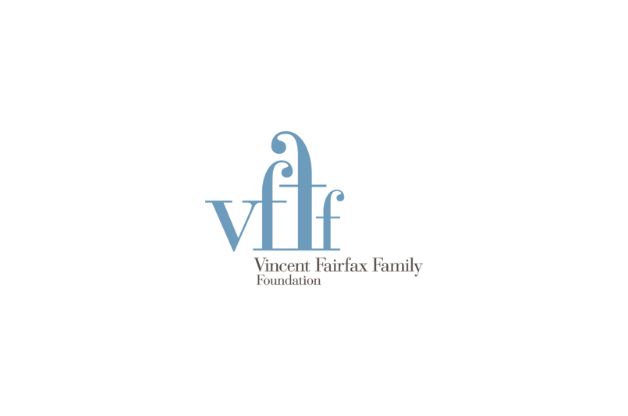- Lesson
- ...
IPCC - Blue Carbon
- Secondary
- Year 7
- Mathematics
- Numbers
- Ratios
- Environmental
- Climate Change
- Land Management
- Sustainability
These resources help you explore a range of ways we can potentially reduce our carbon emissions, and the challenges surrounding each of them. Each lesson in the following unit comes with a guided lesson plan for teachers, presentation slides for your classroom to guide your explicit teaching, guided student worksheets for independent inquiry, and a host of other articles and useful resources to expand student learning and support your teaching.
The Intergovernmental Panel on Climate Change (IPCC) is the United Nations body for assessing the science related to climate change. It was created to
In 2021-22, the IPCC released Part 1 of the Sixth Assessment Report. This is the most up-to-date physical understanding of the climate system and climate change.
In response to this report, Cool has created a range of resources to contextualise the report for Australian Primary and Secondary students, and use our Hope and Optimism framework to provide an approach to social actions involving students’ families and broader communities in tackling the challenge of climate change.
We know it’s challenging for teachers to incorporate it into lessons, and harder for students to understand it without guidance. We also know that this can be a challenging and sometimes overwhelming topic. The task that the report sets before us is a big one. But we believe this real-world issue is essential for students to understand, and these resources are designed to look objectively at a situation, make a conscious decision to focus on the good, have a belief that you can make an impact, and then identify what needs to be improved and work on the skills to be able to go out and do it.
The report describes five possible climate futures, where #1 is not great and #5 is extremely bad, based on our current and past emissions, and our actions going in the future.
But whatcould our future look like if we took current technologies and efforts to their best possible outcome?
In this opening lesson, students imagine our best possible carbon future and write a creative piece exploring that world.
Cool would also like to thank the Lord Mayor’s Charitable Foundation and The Vincent Fairfax Family Foundation for generously supporting the development of these lessons.


Cookies help us deliver the best experience on our website.
By using our website, you
agree to the use of cookies.
Many of our resources are free, but this requires an active Cool+ subscription. Upgrade to Cool+ now, or sign-up for a free account.
Enjoy your first month of Cool+ on us!
No commitment.Cancel anytime in your account setting at least one day before the 1st-free month ends. Plan automatically renews annually, starting 12 Jan 2024 until cancelled.
Many of our resources are free, with an option to upgrade to Cool+ for premium content.
By signing up to Cool.org you consent and agree to Cool's privacy policy to store, manage and process your personal information. To read more, please see our privacy policy here(Opens in new tab).
Already have an account? Log in
Welcome back!
Don't have an account yet?
Log in with:
By signing up to Cool.org you consent and agree to Cool's privacy policy to
store, manage and process your personal information. To read more, please see
our privacy policy here(Opens in new tab).
Create your free Cool.org account.
Many of our resources are free, with an option to upgrade to Cool+ for premium content.
Already have an account?
Sign up with:
By signing up to Cool.org you consent and agree to Cool's privacy policy to
store, manage and process your personal information. To read more, please see
our privacy policy here(Opens in new tab).